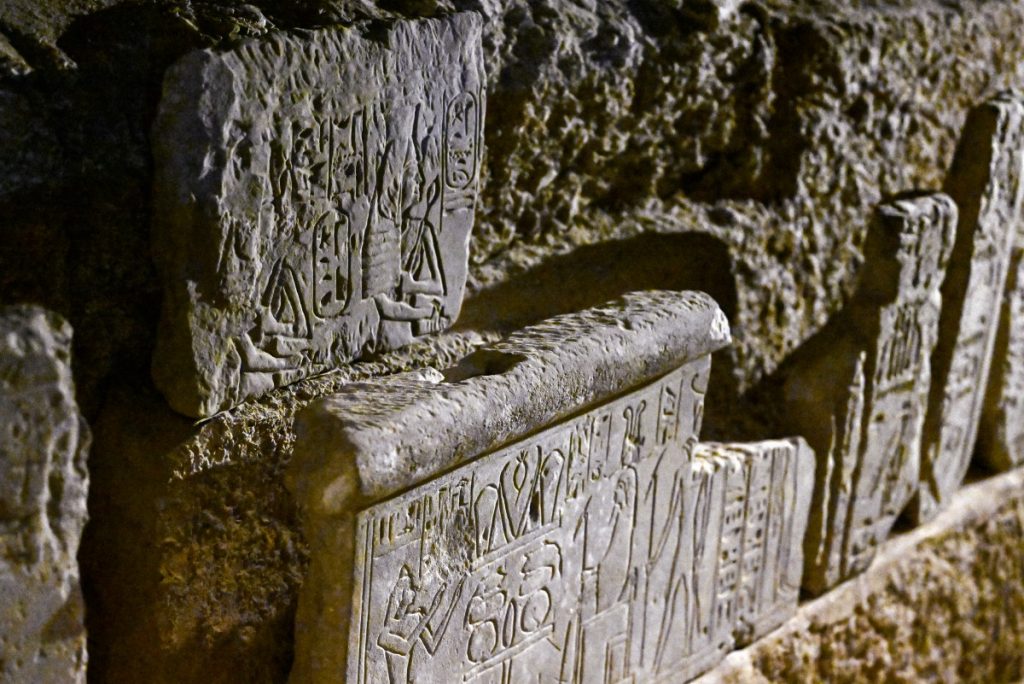Egypt unveiled a series of extraordinary archaeological discoveries in Luxor on Wednesday, including 4,000-year-old tombs of high-ranking officials and intricate artwork dating back to the reign of Queen Hatshepsut.
The artefacts were unearthed during a three-year excavation in the Deir al-Bahari area, part of the ancient Thebes necropolis on the west bank of the Nile. The project was led by renowned Egyptologist Zahi Hawass in collaboration with Egypt’s Supreme Council of Antiquities.
The discoveries span the 15th to the 18th dynasties (1650–1292 BC), a period that included powerful figures such as Queen Hatshepsut and King Tutankhamun. Among the most significant finds is an intact section of the foundations for the valley temple of Queen Hatshepsut’s funerary complex, adorned with stunning bas-reliefs and vividly coloured inscriptions.
“This is the most beautiful scene I have ever seen in my life,” Hawass declared while unveiling the discoveries. He described the artwork as offering unprecedented insight into the decoration of 18th-dynasty temples.

Archaeologists also unearthed ceremonial tools engraved with Queen Hatshepsut’s name beneath the temple’s foundations, along with burial shafts containing wooden coffins marked with the feather emblem of the 17th dynasty.
Other major finds include the rock-cut tombs of high-ranking Middle Kingdom officials and an 18th-dynasty tomb of “the Overseer of the Palace” of Queen Tetisheri, the grandmother of King Ahmose I, who famously expelled the Hyksos invaders. Children’s graves complete with ancient toys were also discovered, shedding light on the lives of Egypt’s younger generations.
The announcement comes as Egypt intensifies its efforts to revive its tourism industry, a vital contributor to the nation’s struggling economy. Last year, the country welcomed 15.7 million tourists and is aiming for 18 million in 2025.
These findings not only underscore Egypt’s rich cultural heritage but also highlight the continued potential of archaeological sites in drawing global attention and boosting tourism.

